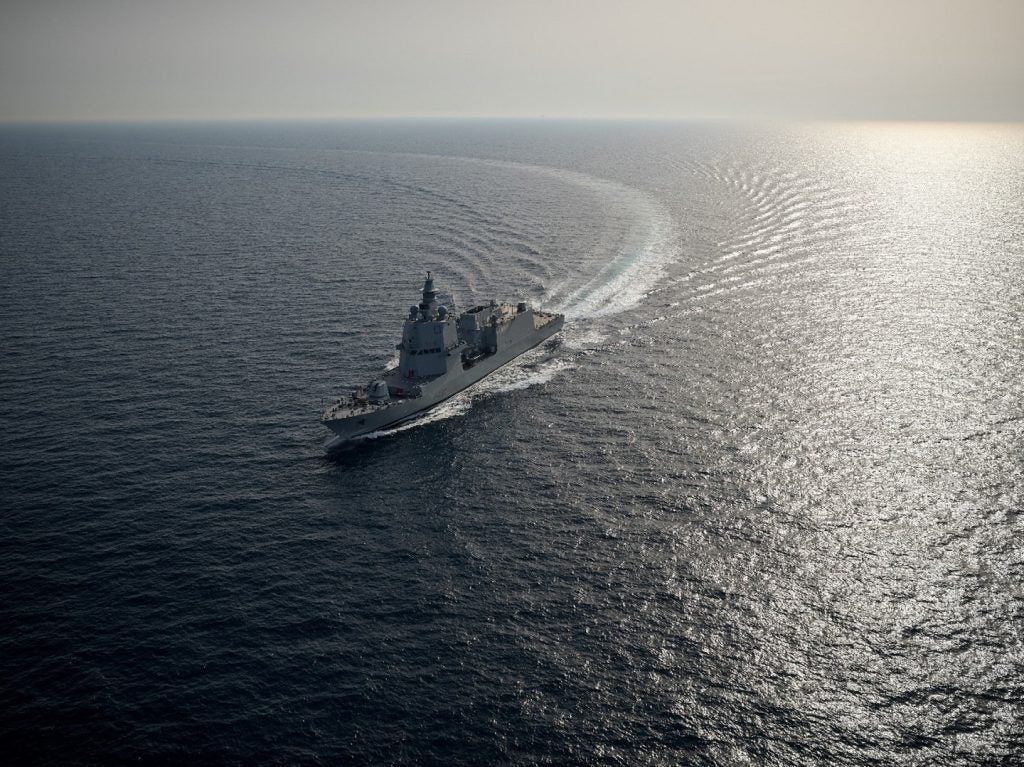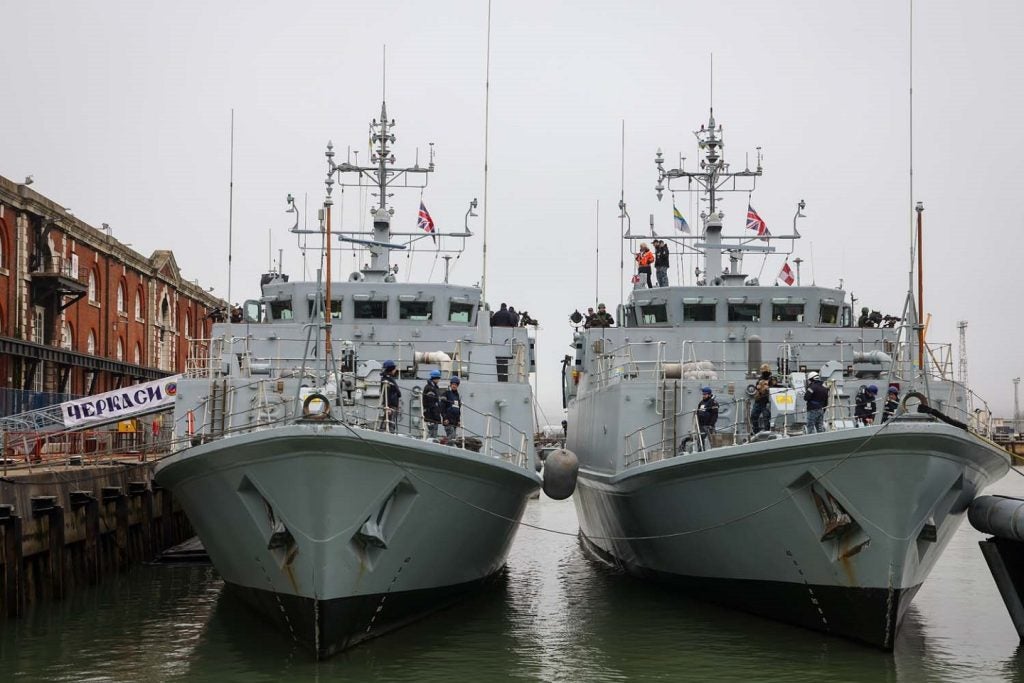Robotics systems, including unmanned underwater vehicles (UUVs) and unmanned surface vessels (USVs) are expected to join naval battle groups with manned platforms to act as force multipliers in naval operations. UUVs and USVs offer several advantages such as cost reduction and protection of soldiers from dangerous tasks.
Discover top naval robotics suppliers
Huntington Ingalls Industries (HII), Fincantieri, Austal, Boeing, Lockheed Martin, General Dynamics, ThyssenKrupp, and BAE Systems are some of the leading companies operating in the growing USV and UUV market, according to GlobalData.
Naval Technology has also listed some of the other leading companies providing products and services related to robotics, based on its intel, insights, and decades-long experience in the sector.
The information provided in the download document is drafted for robotics engineers, engineering technicians, test and evaluation analysts, field engineers, and vessel assistant engineers involved in the naval industry.
The download contains detailed information on suppliers and their product offerings, alongside contact details to aid your purchase or hiring decision.
See Also:
Applications of robotics in the maritime industry
Applications of robotics in the naval industry include, but are not limited to:
Intelligence, surveillance and reconnaissance (ISR)
USVs can be used to promote situational awareness at sea in addition to patrolling and gathering and delivering intelligence.
Anti-collision technologies are being developed to ensure the safe navigation of USVs used in maritime traffic zones. Various sensors such as optical sensors, sonar, and infrared are used on USVs to avoid obstacles and navigate safely. Sensors are also being used for deploying crash control measures.
Anti-submarine warfare (ASW)
Robotics systems such as USVs can be used in ASW applications such as target inception, tracking, shadowing, interdiction, and swarm attacks.
Mine-counter measures (MCM)
MCM is one of the primary applications of unmanned vessels in naval operations as they can help in detecting, sweeping and hunting for mines at sea.
Mapping
Mapping and surveying territorial and internal waters are required to ensure maritime safety and security. Conducting these activities using unmanned vehicles is less risky than using manned vessels due to the challenging and dangerous ocean conditions.
Maritime swarming technologies
Maritime swarming technologies are expected to be the future of the naval forces as they enable surveillance, data gathering, detecting submarines, and limiting main ship exposure.
Search and rescue
Unmanned systems can be used for search and rescue operations as they can navigate dangerous and hard-to-access areas easily using sensors.





